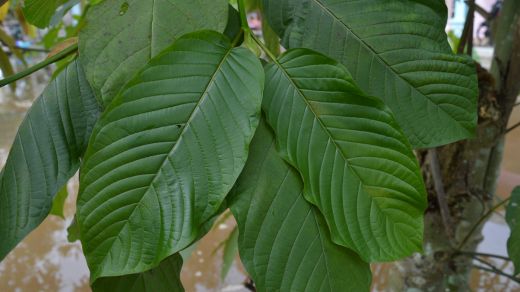Introduction
Welcome to our informative guide on Bali Kratom, where we delve into the mysteries surrounding its origins, cultivation, and harvesting. As expert writers in the field, we aim to provide you with a comprehensive understanding of this remarkable botanical. Join us on this journey as we unlock the secrets of Bali Kratom and explore its fascinating world.
The Origins of Bali Kratom
Bali Kratom, scientifically known as Mitragyna speciosa, hails from the enchanting land of Indonesia. While its name suggests an origin in Bali, it is actually cultivated in various regions across the Indonesian archipelago. The lush rainforests and fertile soil of this region create the ideal conditions for Bali Kratom’s growth and development.
Traditional Cultivation Methods
The cultivation of Bali Kratom follows traditional practices that have been passed down through generations. Skilled farmers with a deep understanding of the plant’s needs carefully tend to the kratom trees. Here’s a glimpse into the cultivation methods:
1. Seed Selection and Germination
The process begins with the selection of high-quality Bali Kratom seeds. These seeds are then carefully planted in fertile soil or germinated in controlled environments to ensure successful growth.
2. Ideal Growing Conditions
Bali Kratom thrives in tropical climates with high humidity and rich soil. The plants require a balanced combination of sunlight and shade to flourish. This delicate balance is achieved by strategically planting the trees under the canopy of larger trees or using shade cloth.
3. Meticulous Care
Farmers closely monitor the growth of the kratom trees, providing them with the necessary nutrients and protection from pests and diseases. They employ organic and sustainable farming practices to maintain the plant’s natural integrity.
Harvesting Bali Kratom Leaves
The harvesting process is a critical step in ensuring the potency and quality of Bali Kratom. Experienced farmers employ precise techniques to determine the optimal time for harvesting. Here’s an overview of the harvesting process:
1. Leaf Maturation
The leaves of Bali Kratom go through a maturation process where they develop their alkaloid content. It is crucial to allow the leaves to reach their peak alkaloid concentration before harvesting.
2. Selective Picking
Farmers carefully select mature leaves, ensuring they exhibit the desired characteristics and alkaloid profiles. This selective approach guarantees that only the finest leaves are harvested.
3. Hand Harvesting
Harvesting Bali Kratom is a labor-intensive process that involves skilled workers hand-picking the leaves. This method ensures that each leaf is carefully examined and harvested without causing damage.
4. Drying and Processing
Once harvested, the leaves are carefully dried using traditional methods, such as air drying or sun drying. This drying process is crucial for preserving the alkaloid content and ensuring the longevity of the leaves.
Quality Control and Sustainability
Bali Kratom’s quality is of utmost importance to both the farmers and the consumers. To maintain the highest standards, rigorous quality control measures are implemented at various stages of cultivation and processing. These measures include:
- Regular testing for contaminants to ensure the purity of the product.
- Adherence to sustainable farming practices to protect the environment and promote long-term viability.
- Collaboration with local communities to support fair trade and ethical practices.
Conclusion
Bali Kratom’s origins, cultivation, and harvesting techniques contribute to its unique qualities and potential benefits. Understanding the meticulous processes involved in cultivating and harvesting this remarkable plant sheds light on its rich history and cultural significance.


